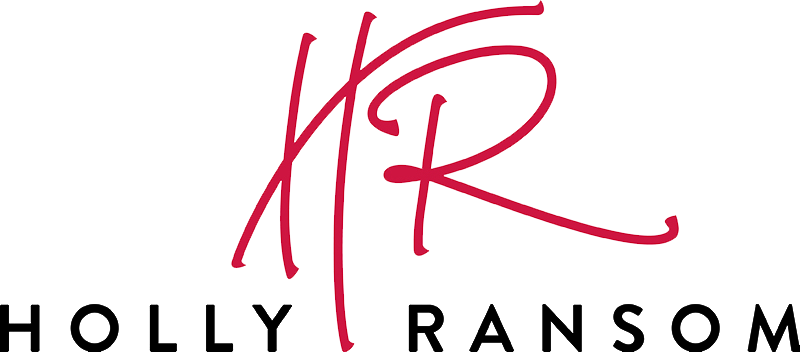The Power of Two Words: Brené Brown’s Simple Leadership Habit for Extraordinary Results

Last month at PCMA Convening Leaders in Houston, Texas I had the privilege of sitting down with the extraordinary Brené Brown. For years, I’ve admired her research on vulnerability, courage, and psychological safety — her books sit dog-eared on my shelf, and her insights have fundamentally shaped my approach to empathetic leadership.
During our conversation, Brené shared one simple yet transformative habit that leaders can adopt in 2025 to build high-trust teams: two-word check-ins.
What Are Two-Word Check-Ins?
Brené starts every team meeting with a quick round. Each person shares two words about how they feel. “Energised and focused” or “Hopeful and grateful.” Whatever it is gets named.
The leader then thanks everyone for their honesty.
As Brené puts it:
What you bring to the meeting is what’s permitted in the meeting.
In other words, if a leader doesn’t create space to acknowledge people’s feelings, those emotions don’t magically evaporate. Equally, as a leader do you think not being aware that some of your team are perhaps feeling overwhelmed or drained helps performance? Of course it doesn’t. They simmer below the surface, influencing how we show up, how we collaborate, and, ultimately, how we perform.
However, If we create the safety to allow the information to flow on the other hand, we have the ability to do something about it.
And that’s the crucial second step.
If someone shares something like “overwhelmed and drained,” Brené makes a point to follow up after the meeting, saying: “What does support from me look like today?” From there, she and the person work together to problem-solve, finding a solution that’s both actionable and meaningful.
It’s deceptively simple, yet radical in its impact.

Why Ignoring Emotions Undermines Leadership
If someone on your team feels exhausted, deflated, or overwhelmed—and you don’t know about it—you’re not leading; you’re guessing. It perpetuates the fallacy that productivity and collaboration can thrive without considering how people truly feel. Spoiler alert: they can’t.
Let’s be honest: We’ve all been in meetings where the unspoken energy in the room is heavier than a lead balloon. And yet, how often do we push through, pretending it’s business as usual? Ignoring that energy doesn’t just stifle the meeting—it erodes trust, creativity, and connection over time.
Better Leadership Questions
Here’s what Brené’s two-word check-ins force us to confront:
- Are you paying attention to the human beings behind the job titles?
- Are you creating space for people to speak their truth—or just pushing for results at any cost?
- And most importantly, are you brave enough to ask your team what they actually need—and then act on it?
As Brené put it, as leaders:
It’s not your responsibility to figure out what your team needs—but it is your responsibility to ask.
Why This Matters (And the Science to Prove It)
Brené’s two-word check-in practice isn’t just touchy-feely leadership fluff; it’s rooted in research and results. And if you’re a leader thinking, “Do we really have time for this in meetings?”—the data says you don’t have time not to.
1. High-trust teams are high-performing teams
Google’s Project Aristotle reveals that the #1 factor behind high-performing teams is psychological safety—the belief that team members feel safe to take risks, speak up, and show vulnerability without fear of judgment or punishment. Two-word check-ins are a simple yet powerful way to foster psychological safety, creating space for people to be honest about where they are mentally and emotionally.
2. Engagement begins with being seen
According to Gallup, one of the biggest drivers of engagement is whether employees feel valued as people. Two-word check-ins say, “I see you. I hear you. You matter.” And, engaged employees are 17% more productive than companies with a disengaged workforce and have 21% more profitability. Creating moments of connection doesn’t just build relationships—it drives results.
3. Empathy is a burnout prevention tool
Research published in HBR shows that leaders who demonstrate empathy—by asking how employees are feeling and offering support—significantly reduce burnout among their teams. And this couldn’t be more urgent. Burnout rates are soaring: Mercer’s 2024 Global Talent Trends Report found that a staggering 82% of employees are at risk of burnout. Small acts of empathy, like asking “What does help from me look like today?” can make a huge difference in reducing stress and improving wellbeing.
How to Implement Two-Word Check-Ins Today
- Introduce the concept – At your next team meeting, explain the purpose behind two-word check-ins: to create psychological safety and better understand where everyone is emotionally before diving into work.
- Model vulnerability first – As the leader, always go first with your own honest two-word check-in to demonstrate that authenticity is welcomed and valued.
- Acknowledge openly – Thank people for their honesty, especially when sharing difficult emotions.
- Follow up privately – After meetings, ask those who expressed struggle: “What does support from me look like today?”
- Make it consistent – Incorporate two-word check-ins at the beginning of every meeting until it becomes part of your team culture.
Your Leadership Challenge for 2025
So, here’s my challenge to you: What are you doing to check in with your team—not just on their work, but on how they’re really doing?
Because when you dare to ask and lead with curiosity and empathy, you’re not just building better teams—you’re embodying daring leadership.
How will you use this habit to lead more intentionally in 2025?
